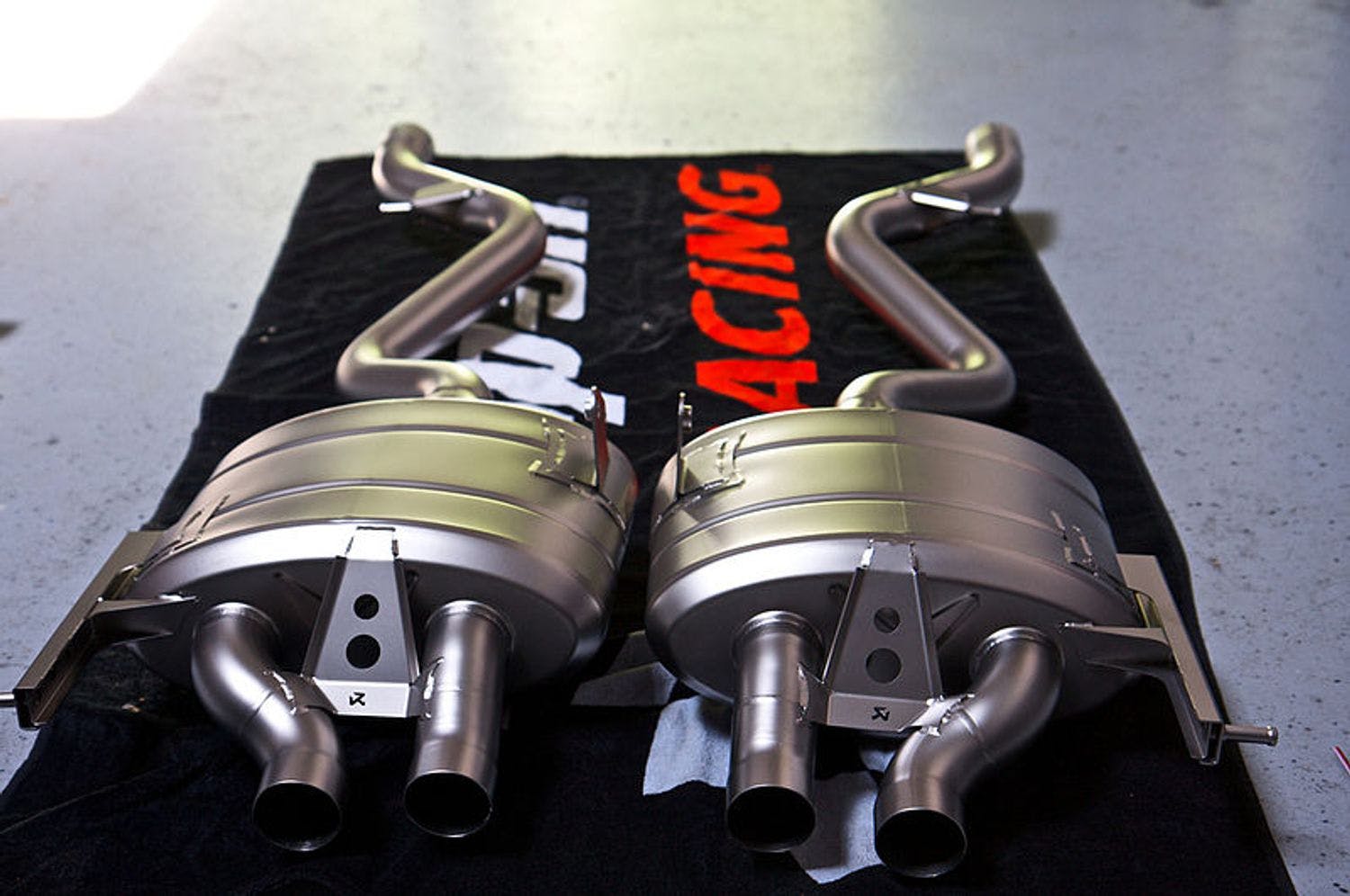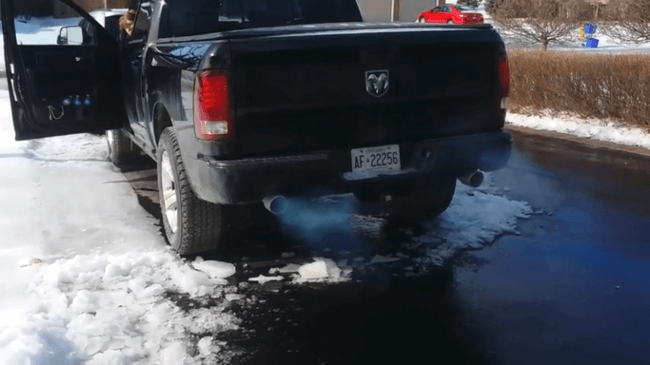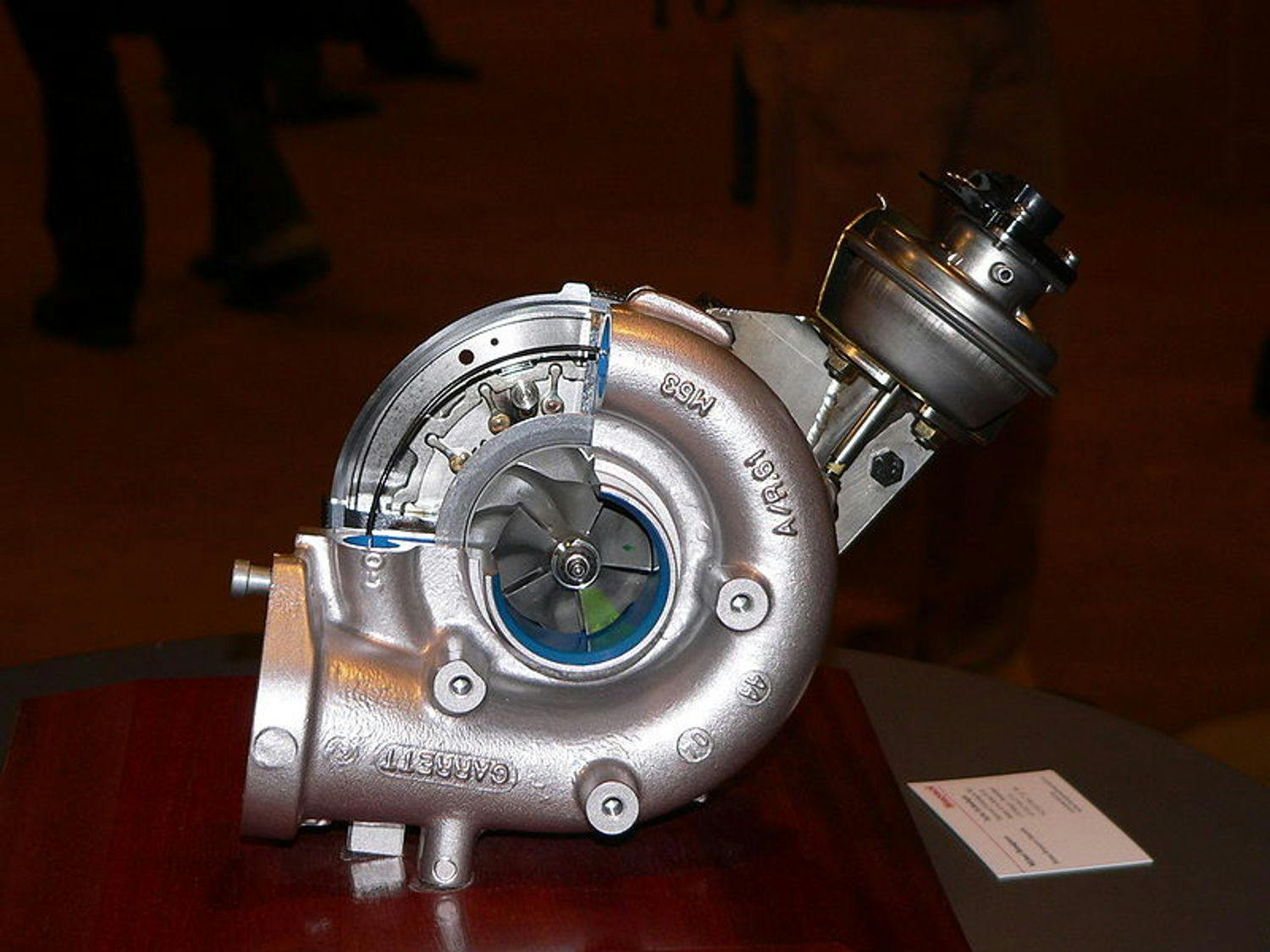Car Exhaust Smoke: What problem does the color indicate?

In the era of two-stroke engines, smoke from the exhaust was nothing special. Almost every single car smoked. Nowadays, modern cars practically don't smoke, but when they start, it means trouble. Smoke from the exhaust can alert you of a possible problem or engine failure, and color plays a crucial role in diagnosis - it tells you what kind of malfunction it is.
That's why we prepared an article in which you will learn what the exact color of the smoke means. This will help you to at least approximately determine where the malfunction occurred and what you should check or repair.
Table des matières
1. Black Smoke from Exhaust

Black smoke from the exhaust indicates that your car's engine is burning a fuel mixture that is too rich. It means more fuel is getting into the cylinders than appropriate for a certain air ratio. Due to the combustion of a fuel mixture that is too rich, incomplete combustion occurs, and the result is precisely black smoke, which contains a greater amount of soot.
Imperfect combustion and, therefore, black smoke from the exhaust can be caused by a fuel system malfunction or a problem with the air supply. Among other things, black smoke from the exhaust can be accompanied by high fuel consumption, difficult starts, or loss of power.

Car Losing Power: Why does the engine lose power over time?
In the case of gasoline engines, the cause of incomplete combustion can be a malfunction of the lambda probe, mass flow sensor, or leaking fuel injectors. In the case of diesel engines, the cause of incomplete combustion can be a malfunction of the high-pressure fuel pump, the air balance, or the injectors. However, with both engines, this problem can also be caused by excessive air filter clogging.
The good news is that burning a rich mixture does not significantly harm the engine in the short term. However, burning a rich mixture can lead to serious problems in the long run, so you should solve this problem as soon as possible.
An engine that burns a rich mixture produces more soot. This soot gets into the engine oil, which leads to faster carbonization of the piston rings, clogging of the oil filter or channels through which the engine oil is led, and overall greater wear of individual engine parts due to the influence of degraded engine oil.
2. White Smoke from Exhaust

White smoke from the exhaust is just water vapor. However, it is necessary to distinguish whether this is not just a natural phenomenon due to low outside temperatures. White smoke is a completely natural phenomenon when warming up a cold engine.
If white smoke appears behind the car, even if it is well warmed up and the outside temperature is normal, the engine is burning water or the coolant that got into the cylinders. A damaged gasket can cause this under the cylinder head, a cracked cylinder head, or even in the worst case, a cracked cylinder block. In none of these cases, however, do not count on the fact that the repair will be cheap.
You can find out if the coolant penetrates the cylinder space by looking into the coolant's expansion tank. If the coolant level has decreased or there are greasy spots on its surface, it is almost certain that the coolant liquid is mixing with the engine oil.
You can also detect a problem with coolant liquid penetrating the cylinder space by unscrewing the cap through which the engine oil is poured. If there is an emulsion on the underside of the cap, it means that coolant liquid got into the engine oil.
However, the emulsion on the bottom of the lid can also appear if you frequently drive the car for short distances, especially in cold weather when the engine does not have time to warm up to its operating temperature.

Runaway Diesel: What to do when you cannot turn off the engine?
The white smoke should not be taken lightly. If coolant liquid leaks into the cylinder head, you should not drive the car until you fix the problem. If you neglect this problem, you will cause increased wear and tear on all engine mechanisms, which can ultimately lead to engine damage.
3. Blue and Grey Smoke from the Exhaust

Blue smoke from the exhaust means only one thing. Engine oil is getting into the cylinder compartment. The more engine oil penetrates the cylinders, the more the car smokes. An accompanying phenomenon of oil penetration into the cylinders is excessive engine oil consumption.
Engine oil can get into the cylinders in several ways, either through worn piston rings, cylinder liners, pistons, or cylinders. However, with supercharged engines, blue smoke can also be caused by the turbocharger, which has worn bearings or a damaged seal.

Turbocharger: What are its advantages, and what is turbo lag?
Wear in the cylinder area is accompanied by a loss of compression. However, it should be added that the above-mentioned defects do not occur on all cylinders simultaneously, so a defective cylinder can be easily detected by comparing the spark plugs or by measuring the compression and comparing it with other cylinders.

Engine Overhaul: What is it all about?
Blue smoke, thus, usually means an engine overhaul. However, if an old car you don't value too much starts to smoke like this, it is recommended just to top up the engine oil because the engine overhaul could exceed the entire car's price.